Your search for "assessment" was found in or is associated with the following lessons!
Results are listed alphabetically.
This educational game is a way for students to review key words or concepts from a unit and make connections between them. Students deepen their comprehension by describing concepts in as much detail as possible to another classmate. By making this learning strategy into a game, students are excited and…
This technique allows students to explain a concept or idea and share thoughts with a partner. Students not only explain their understanding of the concept, but are able to listen to a classmate’s explanation and check it for accuracy. In this way, students are able to help each other correct…
Concept maps are visual representations students create to connect ideas, concepts, and terms. Students can use them to organize information they already know and to incorporate new learning with this prior knowledge. Concept maps help you see how students understand content.
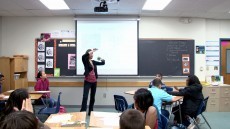 This technique stimulates student learning through movement and discussion, and it can also be used as a formative assessment. Students are presented with a controversial statement or are asked a question. In each of the four corners of the classroom, an opinion or response is posted. Students express their opinion…
This technique stimulates student learning through movement and discussion, and it can also be used as a formative assessment. Students are presented with a controversial statement or are asked a question. In each of the four corners of the classroom, an opinion or response is posted. Students express their opinion…
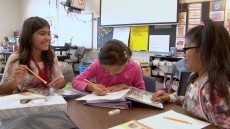 Guided Notes are teacher-prepared handouts that outline lectures, audiovisual presentations, or readings, but leave blank space for students to fill in key concepts, facts, definitions, etc. Guided Notes promote active engagement during lecture or independent reading, provide full and accurate notes for use as a study guide, and help students…
Guided Notes are teacher-prepared handouts that outline lectures, audiovisual presentations, or readings, but leave blank space for students to fill in key concepts, facts, definitions, etc. Guided Notes promote active engagement during lecture or independent reading, provide full and accurate notes for use as a study guide, and help students…
This discussion technique gives students the opportunity to respond to questions and/or discuss information with a variety of peers in a structured manner. Students form two concentric circles and exchange information with a partner until the teacher signals the outer circle to move in one direction, giving each student a…
This cooperative-learning reading technique gives students the opportunity to specialize in one aspect of a topic, master the topic, and teach the material to group members. Asking students to work together in a Jigsaw builds comprehension, encourages cooperation, and improves communication and problem-solving skills.
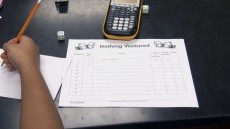 This interactive review game awards points for correctly answered questions. The questions are created by the teacher and can be adjusted to fit any class or subject. By turning the review into a competition, students are engaged and interested in participating.
This interactive review game awards points for correctly answered questions. The questions are created by the teacher and can be adjusted to fit any class or subject. By turning the review into a competition, students are engaged and interested in participating.
This strategy allows students to discuss responses with a group before sharing them with the class, giving students both confidence in their answers and a way to correct any misconceptions. Students expand their own understanding by seeing their peers’ responses. As a teacher, it allows you to assess students’ comprehension…
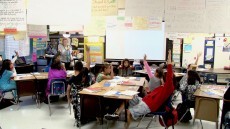 This strategy encourages students to form a concise summary of what they just learned. Students are able to demonstrate their understanding of an idea or concept by writing only one sentence to capture the most important elements. This strategy allows students to practice their writing skills and gives teachers a…
This strategy encourages students to form a concise summary of what they just learned. Students are able to demonstrate their understanding of an idea or concept by writing only one sentence to capture the most important elements. This strategy allows students to practice their writing skills and gives teachers a…
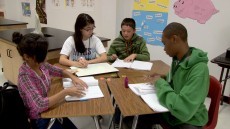 This educational game allows students to convey the meaning of a term or concept through pictures. Having students draw their representation of a word allows for deeper understanding of the meaning of the word.
This educational game allows students to convey the meaning of a term or concept through pictures. Having students draw their representation of a word allows for deeper understanding of the meaning of the word.
Study Cards are created by students to synthesize information learned in a lesson. After creating them, students can use them to quiz a classmate or review for an assessment. As a teacher, you can collect and review the Study Cards to assess a student’s understanding of a concept.
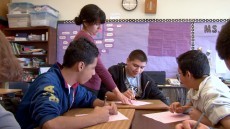 This strategy encourages students to reflect on their learning and process information presented in the lesson. Similar to other closing strategies, it asks students to pick out important pieces of information and to question anything they don’t completely understand. As a teacher, it is a tool that will be used…
This strategy encourages students to reflect on their learning and process information presented in the lesson. Similar to other closing strategies, it asks students to pick out important pieces of information and to question anything they don’t completely understand. As a teacher, it is a tool that will be used…